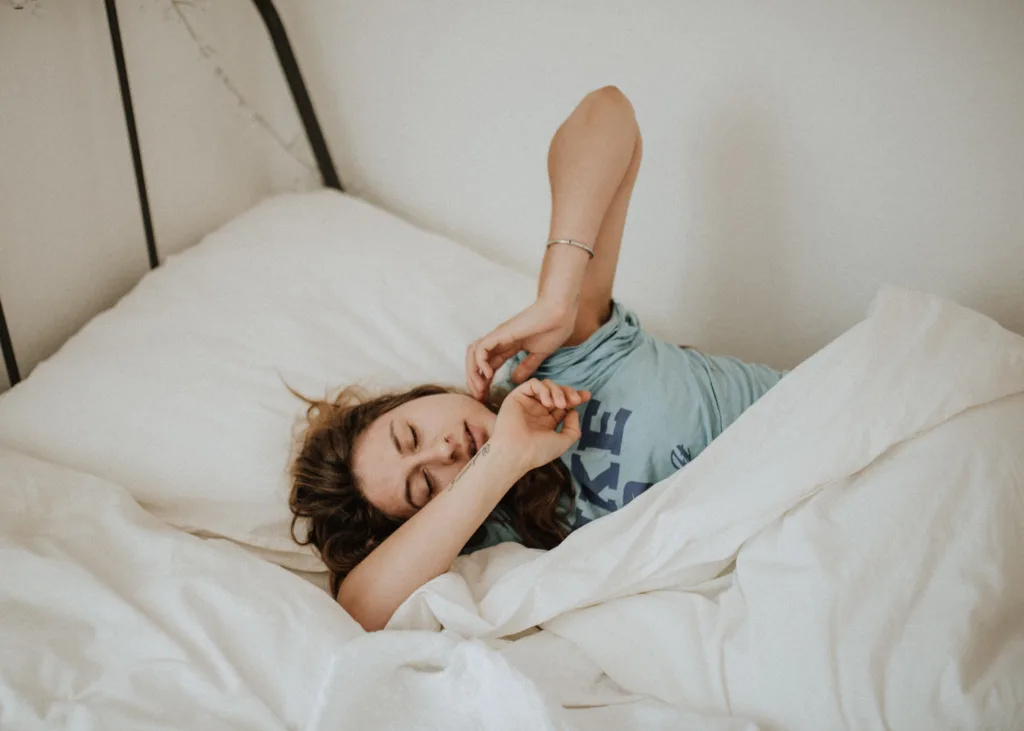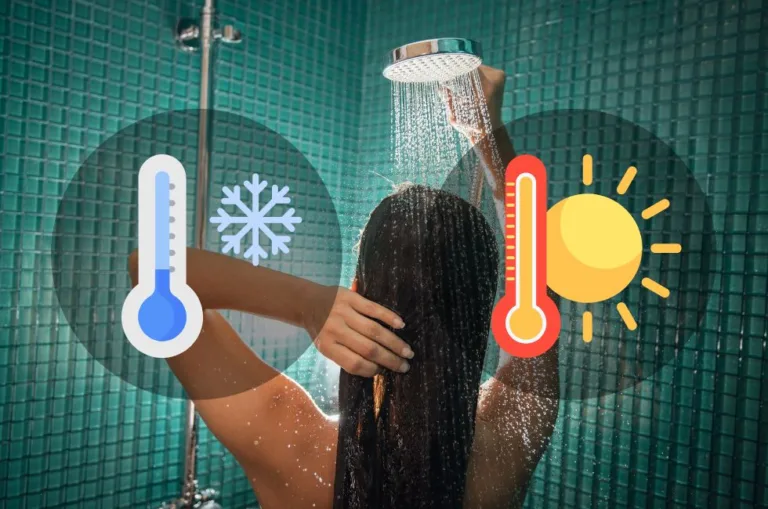
Is your child struggling to get a good night’s sleep? Do they often wake up tired and irritable, with frequent headaches or difficulty concentrating during the day? If so, they may be experiencing more than just the occasional restless night. Sleep apnea, a common yet often undiagnosed condition in children, could be the culprit.
In this comprehensive quiz, we will explore the signs and symptoms of sleep apnea in children, shed light on its prevalence and risk factors, and provide you with valuable insights to help you recognize if your child is at risk. So grab a pen and paper – it’s time to put your knowledge to the test!
But before we dive into the quiz itself, let’s take a moment to understand why it is so crucial for parents and caregivers to recognize sleep apnea in children early on. By doing so, we can ensure that our little ones receive timely intervention and proper treatment – ultimately leading them towards healthier lives filled with restful nights of rejuvenating slumber.
Understanding Sleep Apnea in Children

Sleep apnea in children is a serious sleep disorder that requires understanding. Let’s explore what it is, its prevalence, risk factors, and differences from adults.
A. Definition of Sleep Apnea
Sleep apnea is a sleep disorder where breathing repeatedly stops and starts during sleep. It can be obstructive or central in nature.
What is Sleep Apnea?
Sleep apnea is a sleep disorder characterized by pauses in breathing during sleep. It can affect both children and adults, leading to various health complications.
Types of Sleep Apnea
Sleep apnea comes in two forms: obstructive sleep apnea (OSA) and central sleep apnea (CSA). Understanding the differences is crucial.
B. Prevalence in Children
Statistics show a concerning prevalence of sleep apnea in children, highlighting the need for greater awareness and early intervention.
C. Risk Factors
Common risk factors for sleep apnea in children include obesity, enlarged tonsils or adenoids, family history of the condition, and certain medical conditions.
Differences Between Adults and Children
Sleep apnea presents differently in adults and children. In adults, sleep apnea is commonly associated with loud snoring, excessive daytime sleepiness, and interrupted breathing during the night. Children may also experience these symptoms, but they may also exhibit other signs such as bedwetting, hyperactivity during the day, and behavioral problems.
In terms of treatment, children are more likely to respond well to non-surgical interventions such as removing enlarged tonsils or adenoids.
Signs and Symptoms

What to Look For?
Recognizing sleep apnea in children can be challenging. Watch out for signs like snoring, gasping for air during sleep, and excessive daytime sleepiness. Stay vigilant!
How Does It Affect a Child’s Daily Life?
Sleep apnea can impact a child’s daily life by causing excessive daytime sleepiness, difficulty concentrating, mood swings, and poor academic performance.
Importance of Timely Intervention
Timely intervention is crucial for children with sleep apnea. Early detection and treatment can prevent long-term health issues and improve their quality of life.
The Comprehensive Quiz
Why Take the Quiz?
The quiz helps identify potential sleep apnea in children, leading to early intervention and improved quality of life.
Instructions and Guidelines
When taking the comprehensive quiz, follow these simple instructions and guidelines to ensure accurate results. Stay focused and answer honestly!
Does My Child Have Sleep Apnea?
- Question 1: Does your child snore loudly on a regular basis?
a) Yes b) No - Question 2: Has anyone observed your child experiencing breathing pauses during sleep?
- Question 3: Does your child often exhibit restless or disturbed sleep patterns?
- Question 4: Have you noticed any changes in your child’s mood or behavior?
- Question 5: Is your child experiencing difficulties in paying attention or performing well at school?
- Question 6: Does your child frequently breathe through the mouth instead of the nose, even during the day?
- Question 7: Has your child complained of morning headaches?
- Question 8: Is your child’s breathing noisy and labored during sleep?
- Question 9: Does your child exhibit excessive daytime sleepiness?
- Question 10: Is there a history of sleep apnea or snoring in your family?
Interpreting the Results
Now that you’ve completed the quiz, let’s analyze the results to determine the likelihood of your child having sleep apnea.
- If you answered “Yes” to 4 or more questions, it’s important to consult a healthcare professional for a thorough evaluation.
- If you answered “Yes” to 2 to 3 questions, while sleep apnea might not be immediately apparent, it’s still advisable to discuss any concerns with a healthcare provider.
- If you answered “Yes” to 1 question or none at all, your child might have a lower risk of sleep apnea, but it’s crucial to remain aware of any changes in their sleep patterns or behavior.
Limitations of the Quiz
The quiz provides helpful insights, but it is not a definitive diagnosis. Consult a healthcare provider for proper evaluation and guidance.
Prevention and Management
Prevention and management strategies play a crucial role in addressing sleep apnea in children. Lifestyle changes and medical interventions offer effective ways to improve their condition.
A. Lifestyle Changes
Lifestyle Changes: Building Healthy Habits for Sleep Apnea Prevention. Emphasizing exercise, a balanced diet, and consistent sleep patterns can make a positive impact on your child’s overall well-being.
Healthy Habits for Prevention
Establish a consistent sleep schedule, promote good sleep hygiene, maintain a healthy weight, and encourage physical activity.
B. Medical Interventions
Explore Treatment Options for Sleep Apnea in Children and Ensure a Restful Night’s Sleep.
Treatment Options
- Continuous Positive Airway Pressure (CPAP) Therapy: This is the most common treatment for sleep apnea in children. A CPAP machine delivers continuous air pressure through a mask worn over the nose and/or mouth, keeping the airway open during sleep.
- Bi-level Positive Airway Pressure (BiPAP) Therapy: Similar to CPAP, but with two levels of air pressure – one for inhalation and one for exhalation. This may be recommended for children who have trouble exhaling against the constant pressure of a traditional CPAP.
- Oral Appliances: These are custom-made devices that are worn in the mouth during sleep to hold the jaw in a forward position, which helps keep the airway open.
- Adenotonsillectomy: If enlarged tonsils or adenoids are causing sleep apnea, surgery to remove them may be recommended.
- Weight Management: In overweight or obese children with sleep apnea, weight loss can improve symptoms and reduce the severity of sleep apnea.
- Positional Therapy: Some children only experience obstructive sleep apnea when sleeping on their back. In these cases, positional therapy involves using special pillows or devices to keep the child sleeping on their side.
Final Words
Prevention and management play vital roles in addressing sleep apnea in children. Encouraging healthy lifestyle habits such as maintaining a consistent bedtime routine, promoting regular exercise, and ensuring proper nutrition can contribute to reducing the risk of developing sleep apnea.
Sleep Apnea does not discriminate based upon age – so let us all work together towards raising awareness among families worldwide so they too may recognize subtle signs/symptoms indicative thereof! With our collective efforts; we can ensure every child gets restful nights filled with sweet dreams unhampered by any breathing challenges whatsoever!




